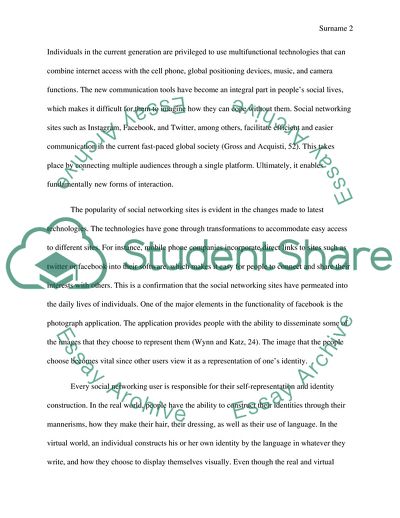Cite this document
(The Impersonal Nature of Social Networking Sites Case Study, n.d.)
The Impersonal Nature of Social Networking Sites Case Study. https://studentshare.org/information-technology/1832748-online-identity
The Impersonal Nature of Social Networking Sites Case Study. https://studentshare.org/information-technology/1832748-online-identity
(The Impersonal Nature of Social Networking Sites Case Study)
The Impersonal Nature of Social Networking Sites Case Study. https://studentshare.org/information-technology/1832748-online-identity.
The Impersonal Nature of Social Networking Sites Case Study. https://studentshare.org/information-technology/1832748-online-identity.
“The Impersonal Nature of Social Networking Sites Case Study”. https://studentshare.org/information-technology/1832748-online-identity.


